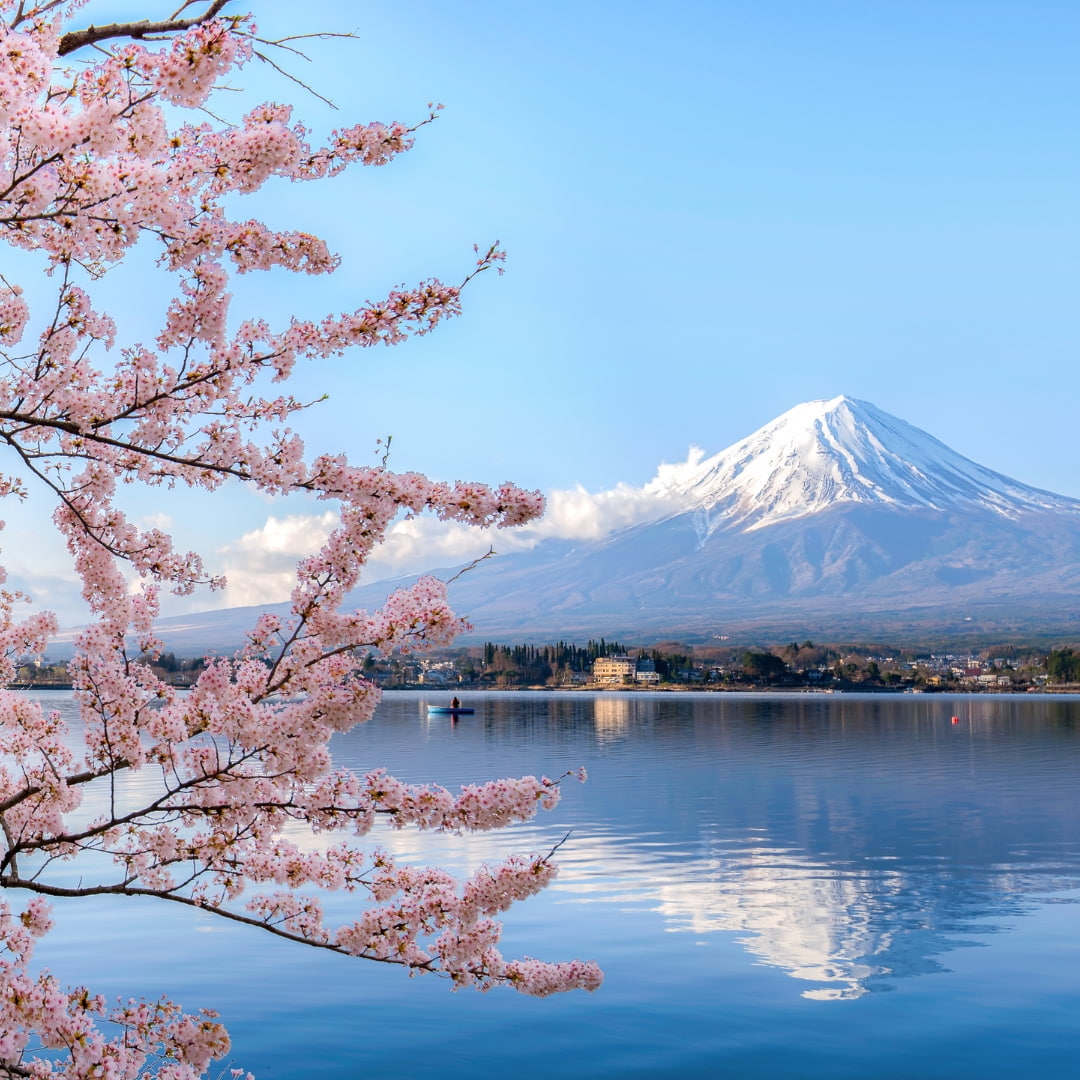This 5-day 4-night journey begins in Fukuoka with a flexible private driver who guides you through top Kyushu highlights.
-
Day 1|Fukuoka → Dazaifu → Yanagawa River Cruise → Nagasaki
Visit Dazaifu Tenmangu Shrine, known for plum blossoms and cultural heritage; then cruise Yanagawa’s river lined with willow trees, before heading to Nagasaki.
Dazaifu
Located in Fukuoka Prefecture, Dazaifu is home to Dazaifu Tenmangu Shrine, dedicated to the god of learning, Sugawara no Michizane. Popular among students praying for academic success, its surrounding approach is lined with traditional shops selling umegae mochi (sweet rice cakes), matcha desserts, and crafts.
Yanagawa River Cruise
Yanagawa is famous for its network of canals. Visitors can ride a traditional “donko” boat, drifting through the historic moats of the old castle town while enjoying views of white-walled houses and willow trees reflected in the water, evoking an Edo-period atmosphere.
-
Day 2|Kujukushima Cruise → Atomic Bomb Museum → Glover Garden
Enjoy a sightseeing boat ride among the scattered islands of Kujukushima in Sasebo, explore the Atomic Bomb Museum and Peace Park in Nagasaki, and stroll through Glover Garden’s Western-style residences.
Kujukushima Sightseeing Cruise
Off the coast of Sasebo City in Nagasaki Prefecture, more than 200 small islands form the Kujukushima archipelago. Sightseeing boats offer a close look at these scattered islands, with stunning sunset views particularly popular.
Nagasaki Atomic Bomb Museum
Located in downtown Nagasaki, this museum documents the devastation caused by the atomic bombing in 1945. Through preserved artifacts, photographs, and exhibits appealing for peace, it encourages visitors to reflect on the tragedies of war.
Glover Garden
Set on a hillside in Nagasaki’s Minamiyamate district, Glover Garden preserves Western-style residences of 19th-century European merchants. The blend of historical architecture, Japanese gardens, and harbor views creates a unique exotic atmosphere.
-
Day 3|Aso Volcano → Kusasenri → Yufuin → Beppu
Witness the massive caldera of Mount Aso, then the green grasslands of Kusasenri, relax at Yufuin’s Kinrinko lake area, and overnight in Beppu onsen town.
Mount Aso
One of Kyushu’s most famous active volcanoes, featuring dramatic crater scenery. On clear days, visitors can observe volcanic activity at the central crater and explore surrounding walking trails to experience nature’s raw power.
Kusasenri
A wide grassy plain on the outer slopes of Mount Aso, lush green in summer and beautifully snow-covered in winter. Visitors can spot grazing cattle and horses, making it a classic scenic and photo spot in Aso.
Lake Kinrinko (Yufuin)
One of Yufuin’s most popular attractions, this lakeside area is influenced by hot spring water, creating morning mists in winter for a dreamy atmosphere. The lakeside paths lined with cafes and small shops offer a perfect slow-travel vibe.
-
Day 4|African Safari Park → Beppu Ropeway → Jigoku Hot Springs
Visit Kyushu Nature Safari Park to get close to wild animals, ride the Beppu Ropeway with panoramic views, and experience the colorful “hell” hot springs.
African Safari (Kyushu Natural Zoo)
A wildlife park where visitors can view free-roaming animals like lions, giraffes, and rhinos from a drive-through bus or their own car, feeling like they are on an African savannah. There is also a hands-on zone for feeding smaller animals, great for families.
Beppu Ropeway
This cable car brings visitors up Mount Tsurumi, where they can see panoramic views of Beppu City and Beppu Bay. Cherry blossoms in spring and autumn foliage make it a year-round scenic spot that blends nature with onsen culture.
Jigoku Onsen (Beppu Hells)
Beppu is famous for its “Hells,” eight spectacular geothermal hot spring pools of varying colors and temperatures, such as the cobalt-blue Umi Jigoku and the blood-red Chinoike Jigoku. Visitors can explore the area and even try foot baths.
-
Day 5|Kushida Shrine → Hakata City Free Time → End
Wrap up with a visit to Kushida Shrine for blessings, then enjoy shopping and food exploration in downtown Hakata before concluding the tour.
Kushida Shrine
Located in central Fukuoka, founded in the 8th century, Kushida Shrine is the spiritual heart of the Hakata Gion Yamakasa festival. It enshrines gods of good fortune and business prosperity. Its grounds are peaceful and attract many visitors year-round.
Hakata City
As one of Kyushu’s major cities, Hakata blends modern shopping malls and department stores with local specialties like Hakata ramen and bite-sized gyoza, along with traditional culture such as Hakata textiles and festivals, perfect for a day of free exploration.

